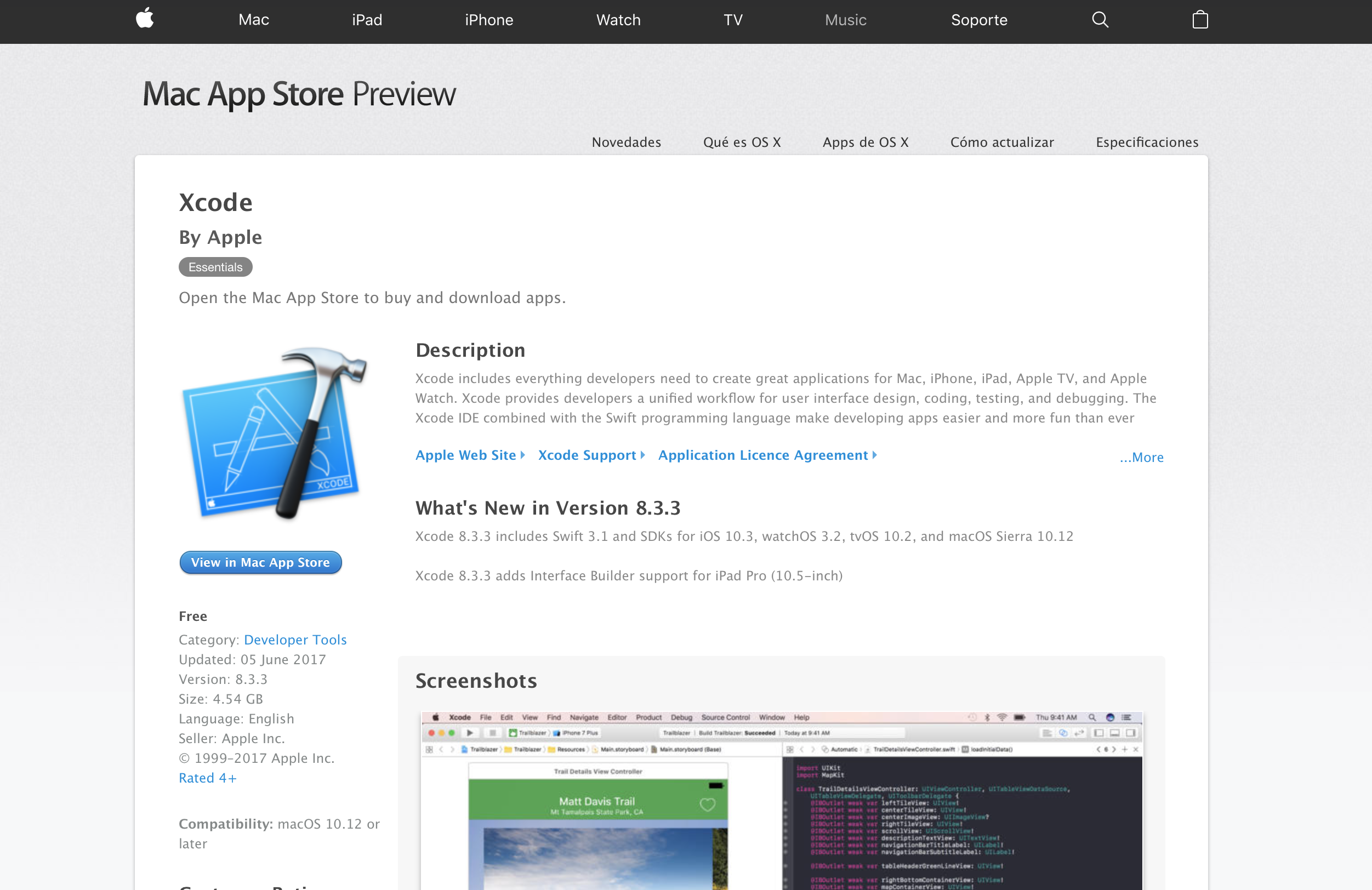The past couple of months, I have been playing around with Xcode and SwiftUI as well as Xamarin. While this was a lot of fun, and something I will continue doing, I must admit that MAUI is a leap forward in.NET development. Visual Studio 2022 will now include new support for Git and GitHub with built-in logic and checkpoints to help you.
Visual Studio Code (VSCode) is a cross-platform text and source code editor from Microsoft. It’s one of the most exciting open source projects today, with regular updates from hundreds of contributors. VSCode was among the first tools to support Language Server Protocol (LSP), which has played a large part in providing a great developer experience, in a variety of languages and technologies.
With the previously announcednow shipping in Xcode, it’s a great time to see how this integration works for yourself.
This week, we’ll walk through the process of how to get started with Swift’s new Language Server Protocol support in Visual Studio Code on macOS. If you haven’t tried writing Swift outside Xcode, or are already a VSCode user and new to the language entirely, this article will tell you everything you need to know.
- Visual Studio Code A powerful, lightweight code editor for cloud development; GitHub and Azure World’s leading developer platform, seamlessly integrated with Azure; Visual Studio Subscriptions Access Visual Studio, Azure credits, Azure DevOps, and many other resources for.
- Visual Studio Code is free and available on your favorite platform - Linux, macOS, and Windows. Download Visual Studio Code to experience a redefined code editor, optimized for building and debugging modern web and cloud applications.
Step 0: Install Xcode
If you don’t already have Xcode installed on your machine, open the Terminal app and run the following command:
Running this command presents a system prompt.
Click the “Get Xcode” button and continue installation on the App Store.
You can verify that everything is working as expected by running the sourcekit-lsp command:
This command launches a new language server process, but don’t worry if it doesn’t provide any feedback to STDOUT — that means it’s working as intended. Exit the process with an ETX signal (^C).
Step 1: Install Visual Studio Code
Download Visual Studio Code and install it to your system Applications folder. Open the app and follow the instructions for launching from the command line. You’ll need to have the code command accessible from $PATH in order to install the SourceKit-LSP extension later on.
Electron apps have a reputation for being big and slow, but don’t let that stop you from giving VSCode a try — its performance and memory footprint are comparable to a native app.

Step 2: Install Node and NPM
VSCode extensions are written in JavaScript / TypeScript. If you’re not already set up for JS development, you can download Node (a JavaScript run-time for outside the browser)
and npm (a package manager for Node) with Homebrew using the following commands or manually by following these instructions:
To verify that you have a working installation, run the following command:
Step 3: Build and Install SourceKit-LSP Extension for Visual Studio Code
Visual Studio Xcode Support
From the command line, clone the sourcekit-lsp repository and navigate to Editors/vscode in the resulting directory. Use npm to build the extension and then use the code command to install it:
Now launch (or relaunch) VSCode and open a Swift project, such as this one, and test out Language Server Protocol support for Swift.
To get the full experience of working with Swift from VSCode, we recommend that you also check out the Swift Lint extension (for real-time style and convention diagnostics).
Visual Studio Xcode Path
So there you have it — the makings of a first-class Swift development experience outside of Xcode.
Visual Studio Xcode Not Found
And with GitHub’s recent announcement of Codespaces, that future may be coming sooner than we once thought. Thanks to Swift’s support for Language Server Protocol, we’ll soon be able to edit Swift code — syntax highlighting, autocompletion, and all — directly from the browser.

